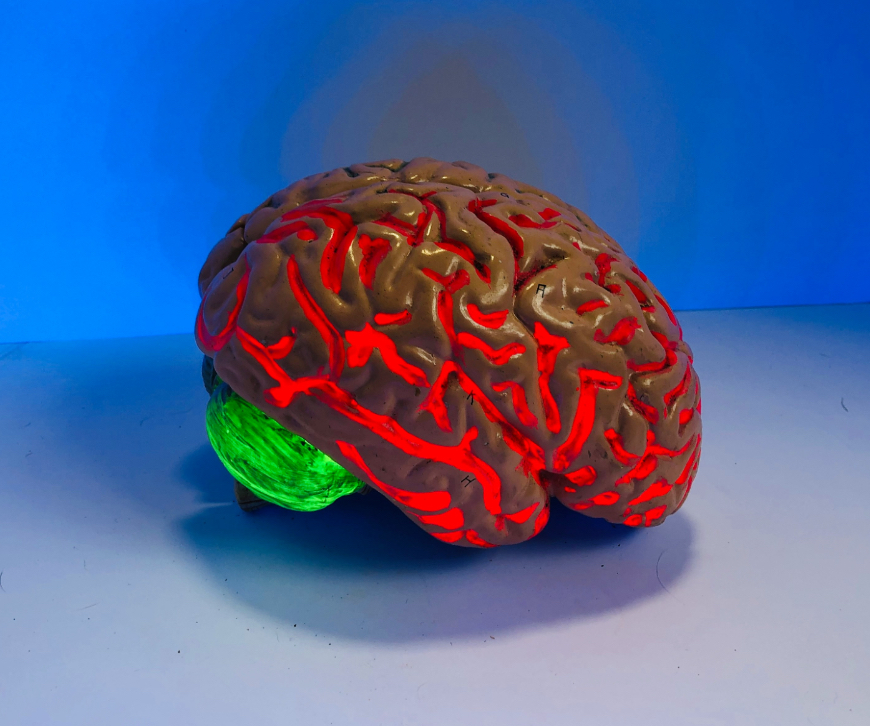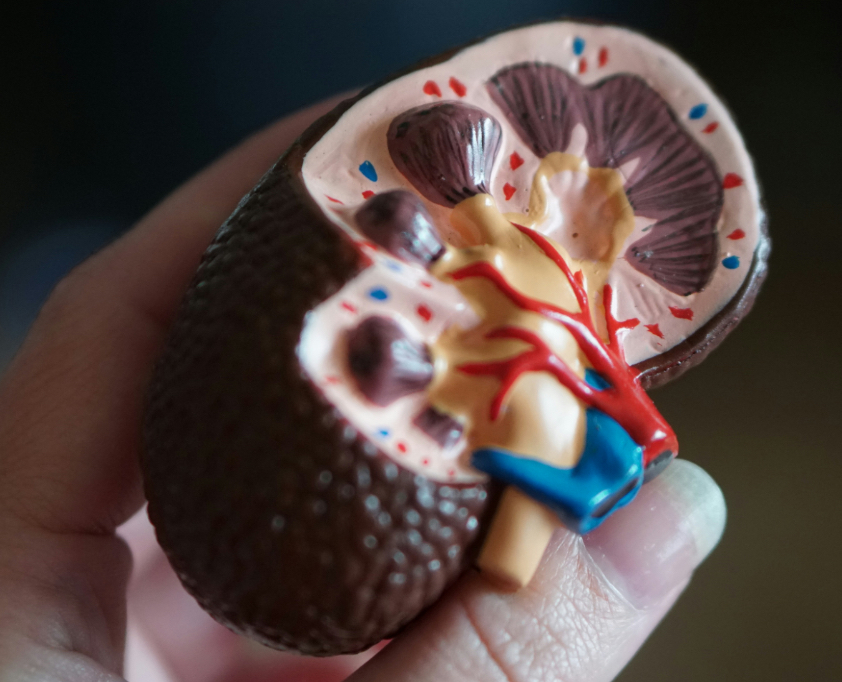What Is Transverse Myelitis?
Definition: Acute or subacute inflammation across a segment of the spinal cord, damaging myelin (nerve insulation) and axons, disrupting communication between the brain and body below the lesion.
Causes:
Idiopathic: No clear trigger (~30% of cases).
Autoimmune: Linked to diseases like multiple sclerosis (MS), neuromyelitis optica (NMO), or lupus.
Infectious: Post-viral (e.g., enterovirus, herpesviruses) or bacterial.
Post-vaccination: Rare, controversial association.
Paraneoplastic: Linked to cancers (very rare).
Location: Typically thoracic or cervical cord; affects both sides but can be asymmetric.
Prevalence: ~1–8 cases per million annually; any age, but peaks in young adults.
Bowel and Bladder Dysfunction in Transverse Myelitis
TM often affects autonomic nerves controlling the bowel and bladder due to spinal cord lesions disrupting signals from the brain to pelvic organs. The type and severity depend on the lesion’s location and extent.
Bladder Dysfunction
Mechanism:
The spinal cord (especially T10–L2 segments) relays signals between the brain and bladder for storage and voiding.
TM lesions above or at these levels cause:
Spastic bladder (upper motor neuron lesion): Overactive detrusor muscle, leading to urgency, frequency, and incontinence.
Flaccid bladder (lower motor neuron lesion, less common): Weak detrusor, causing retention and overflow incontinence.
Lesions above S2–S4 (sacral micturition center) disrupt voluntary control, while sacral lesions impair reflex voiding.
Symptoms:
Urgency and frequent urination.
Incontinence (urge or overflow).
Difficulty initiating urination or incomplete emptying.
Recurrent urinary tract infections (UTIs) due to retention.
Prevalence: Up to 80–90% of TM patients experience bladder issues, per studies in Neurology (2018).
Bowel Dysfunction
Mechanism:
TM disrupts autonomic and somatic nerves (T10–L2 and sacral S2–S4) controlling rectal sphincter and peristalsis.
Spastic bowel: Lesions above sacral segments cause hyperactive reflexes, leading to constipation or involuntary evacuation.
Flaccid bowel: Sacral lesions weaken sphincter control, causing incontinence or difficulty with evacuation.
Symptoms:
Constipation (most common, ~70% of cases).
Fecal incontinence (~20–30%).
Difficulty sensing need to defecate.
Alternating constipation and incontinence.
Impact: Often socially debilitating; linked to reduced quality of life in TM cohorts (Journal of Spinal Cord Medicine, 2020).
Diagnosis
Clinical Features of TM (beyond bowel/bladder):
Weakness or paralysis below the lesion (e.g., legs if thoracic).
Sensory loss (numbness, tingling, or “band-like” pain).
Autonomic symptoms (bowel/bladder issues, blood pressure swings).
Symptoms typically evolve over hours to days, peaking within 1–3 weeks.
Tests:
MRI spine: Shows inflammation (T2 hyperintensity) across 1–2 spinal segments; helps rule out compression (e.g., tumor).
Lumbar puncture: CSF may show elevated white cells, protein, or IgG (in autoimmune TM).
Blood tests: For NMO (anti-aquaporin-4), MS (oligoclonal bands), or infections (e.g., viral serologies).
Urodynamic studies: Assess bladder function (e.g., detrusor pressure, residual volume).
Anorectal manometry: Evaluates bowel sphincter control (less common).
Criteria: Acute onset, bilateral symptoms, sensory level, and exclusion of compressive causes (per 2002 TM Consortium).



Leave a Reply